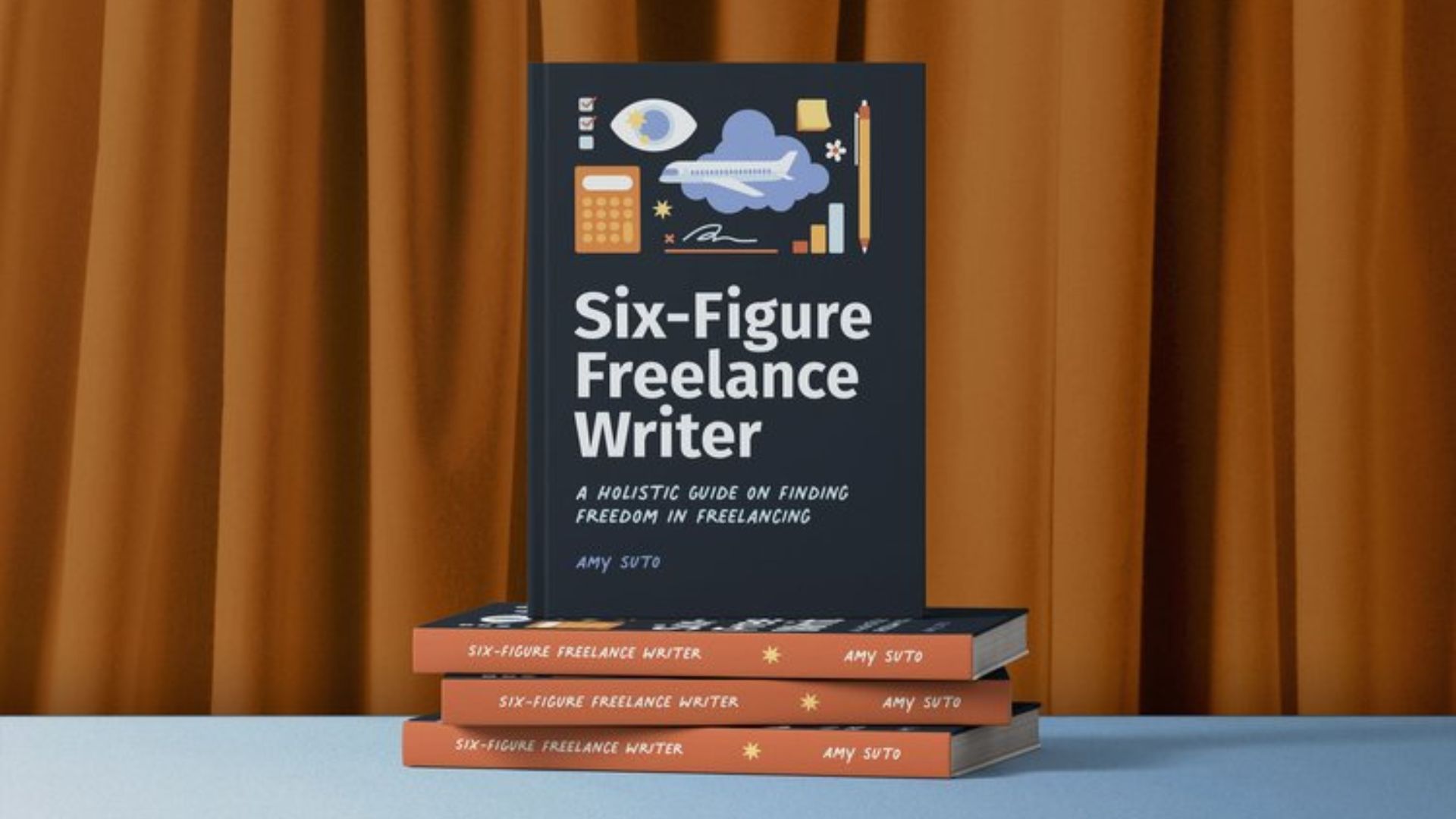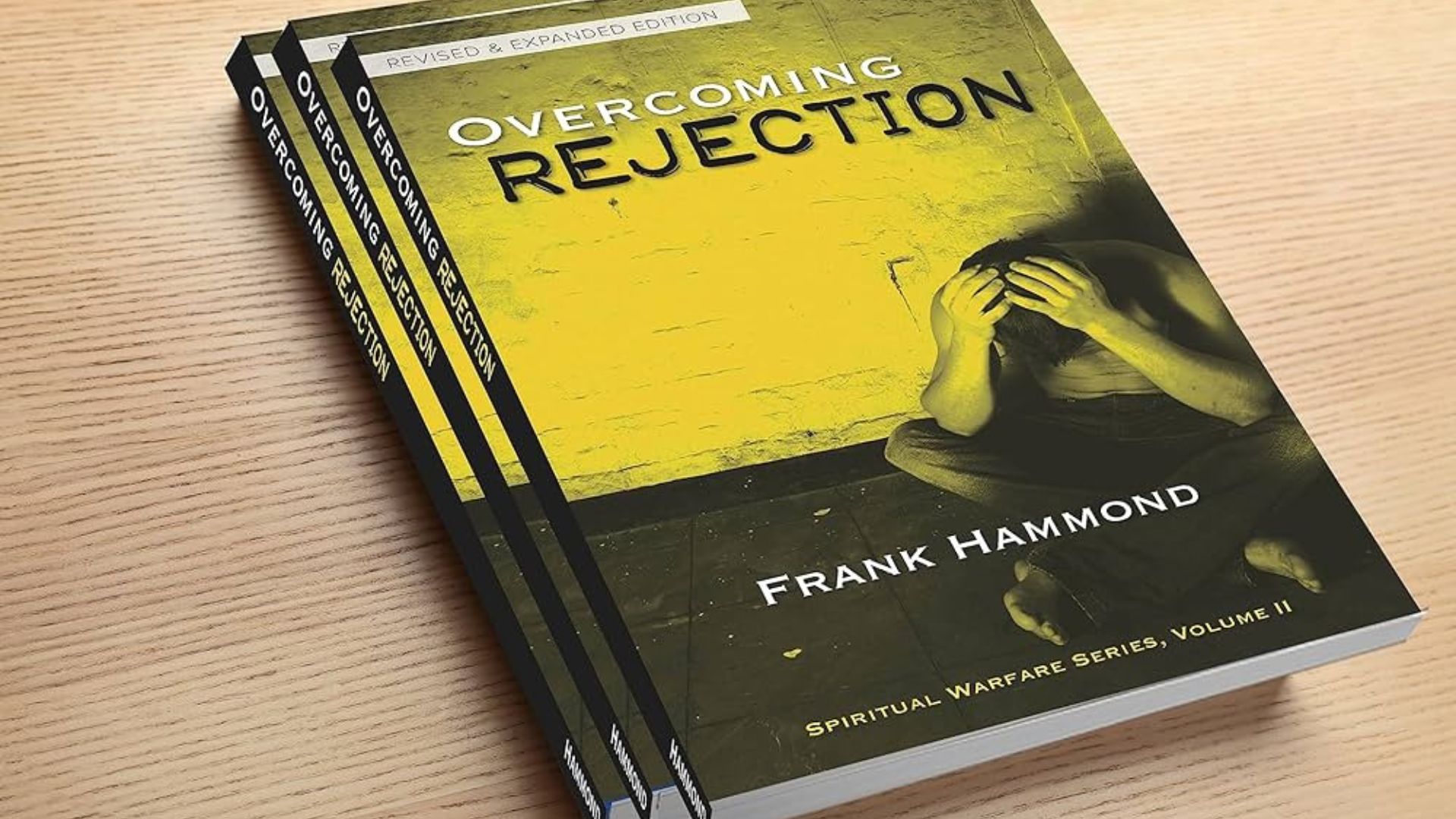Writer’s block is a common hurdle that nearly every author faces at some point in their career. It’s that frustrating period when the words refuse to come, the ideas seem to dry up, and the blank page stares back at you like an insurmountable mountain. While it can be discouraging, writer’s block doesn’t have to be a permanent roadblock. In this article, we’ll explore how authors deal with writer’s block, the strategies they use to overcome it, and how you can apply these techniques to get your own writing back on track.

Discover Exciting Opportunities in Online Gaming
ThingsMeanALot highlights meaningful experiences, just as the real money casino in australia provides an engaging and secure platform for online gaming enthusiasts. Both offer trusted spaces for enjoyment and connection.
Freewriting to Unlock Creativity
One of the most effective ways authors deal with writer’s block is by engaging in freewriting. Freewriting is a method where the writer writes continuously without worrying about structure, grammar, or coherence. The goal is to get words down on the page and push through the mental block.
Thingsmeanalot Insights
Thingsmeanalot.com offers insights into various topics, from book series and comic books to online gaming. For those interested in immersive casino experiences, exploring live dealer options can enhance their online entertainment. The site also delves into the challenges and triumphs of self-published authors.
How Freewriting Helps:
- Unblocks the Mind: Freewriting helps authors bypass their inner critic. Since there’s no pressure to produce anything perfect, it allows the mind to relax and creativity to flow.
- Generates New Ideas: Often, freewriting leads to unexpected connections and ideas that can be woven into the larger story. Sometimes, the act of writing anything at all sparks the creativity needed to push forward.
- Clears Mental Clutter: Freewriting helps release all the jumbled thoughts in your mind. By putting everything on paper, you can often clear the mental fog that contributes to writer’s block.
Tips for Freewriting:
- Set a timer for 10–15 minutes.
- Write whatever comes to mind, even if it’s irrelevant to your project.
- Don’t worry about punctuation or grammar.
Heirloom Apparel and Digital Entertainment
ThingsMeanALot.com offers beautiful heirloom christening gowns and infant apparel. For those seeking other forms of digital engagement, exploring options like real money casino games can provide a different kind of experience. Whether it’s appreciating fine apparel or enjoying online games, diverse digital activities enrich our lives.
Changing the Writing Environment
A change of scenery can work wonders when an author feels stuck. Sometimes, writer’s block stems from the monotony of a familiar workspace. By changing your environment, you can stimulate new ideas and break free from creative stagnation.
How a Change of Environment Helps:
- Fresh Perspectives: A new environment can inspire fresh ideas. The change in surroundings often sparks new thoughts and can open up new avenues for creativity.
- Minimizes Distractions: A new setting might reduce distractions or trigger a different mood, making it easier to focus.
- Stimulates the Senses: Exposure to different sights, sounds, or experiences can help break up the mental logjam and trigger your imagination.
Where to Write:
- A café or coffee shop
- A park or nature reserve
- A library or quiet room
- Even rearranging your desk can create a fresh atmosphere.
Setting Small, Achievable Goals
Writer’s block often happens when authors feel overwhelmed by the enormity of their project. One way to combat this is by setting small, achievable goals. Rather than aiming to write an entire chapter or novel in one sitting, authors break the task into manageable pieces.
Finding Reflection in Unexpected Places
Exploring the stories and insights that shape our perspectives can lead to surprising discoveries, like Wolfwinner Casino Room, which offers a unique take on digital engagement. Even small diversions can inspire reflection and spark new ideas.
How Small Goals Help:
- Reduces Pressure: When you aim for something small, like writing 300 words or completing a single scene, it reduces the mental pressure that often leads to writer’s block.
- Creates Momentum: Every small goal you achieve gives you a sense of accomplishment and builds momentum, making it easier to continue writing.
- Keeps You Moving: Even on days when inspiration is low, the act of writing something—even just a paragraph—can keep the project moving forward.
Small Goal Examples:
- Write 500 words before lunch.
- Complete one scene or dialogue exchange.
- Spend 15 minutes brainstorming new ideas.
Conclusion
Writer’s block is a universal challenge, but it’s one that can be overcome with the right strategies. Whether through freewriting, setting small goals, or embracing imperfection, authors have a variety of tools to break through the creative fog. The key is to remain patient, experiment with different techniques, and remember that writer’s block is often temporary.










One thought on “How Authors Deal with Writer’s Block”
Comments are closed.